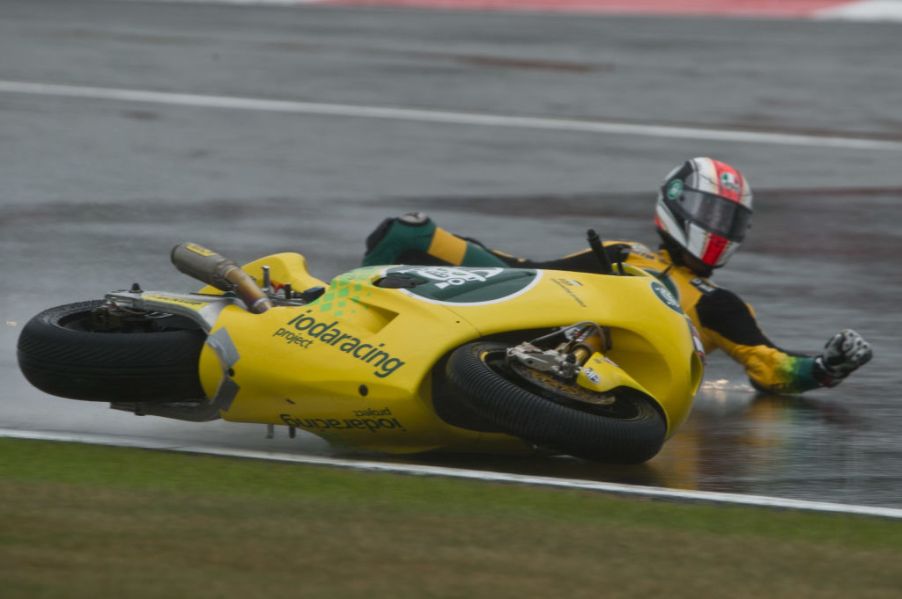
Motorcycle Accident: The Safest Way to Crash Your Bike
If you’re a motorcycle enthusiast, chances are that crashing is something you’ve thought a lot about with the hope that it’ll never happen to you. If you haven’t given it much thought, now is your chance. Crashes happen, whether they’re your fault or someone else’s, and it always helps to be prepared.
Knowing what to do to lessen your chances of a serious injury during a motorcycle accident could be the difference between life and death. Did you know that there is actually a safe way to crash your bike?
Before you ride, be prepared
When you first get the itch to learn how to ride a motorcycle, make sure that you know what you’re getting into. Bikes are fun but they can be dangerous too. Make sure you get proper training and that you get a bike appropriate for your size and the riding you intend to do.
You should feel comfortable on the seat, be able to reach everything you need to without overreaching, and the bike shouldn’t weigh more than you can safely handle. Make sure to perform routine maintenance on it as time goes on, so you don’t have any surprises.
Safety gear is also vital to having a good time on your bike, whether you think it’s cool or not. A helmet can make the difference between a normal life and spending the rest of your life in a coma. Get a sturdy jacket with padding at the elbows, forearms, and spine. Add eye protection if your helmet doesn’t cover your eyes.
In the end, if you’re not sure what you need, just think of the classic biking slogan: ATGATT – All The Gear, All The Time.
In the event of a crash, know what to do
Whatever leads to an accident, it’s important to react appropriately and quickly. You should attempt to slow your bike down as soon as you realize you’re either about the crash or are already crashing. Next, if you’re able to aim where you’re going, do it. Try to point your bike somewhere safe, like away from the flow of traffic or away from any pedestrians.
Once you begin to fall, try to let go of the bike. If you hang on, the bike could land on you and increase your injuries if you end up caught underneath it. It can be a reflex to try to reach out and break your fall, but if you can avoid that, try to roll instead. Reaching your hands out will likely only result in more broken bones, whereas rolling will help you move away via the momentum of the fall.
If you’re able, try to relax your body instead of tensing it up. A relaxed body will move more fluidly, but a tense body that remains rigid will end up with more broken joints. It’s counter-intuitive, but every little bit helps!
After the accident, remain calm
When you’ve stopped sliding, make sure you don’t stand up too quickly. Remain low to the ground and attempt to crawl away from the scene of the crash. Standing upright after a traumatic fall will make you dizzy and you could end up stumbling into traffic. Once you’re safe and have done a quick assessment of your injuries, check on others involved in the crash if you’re able. Contact the authorities if no one has done so yet.
If your injuries don’t seem too severe, try to make the scene as safe as possible for others around you. While you shouldn’t move vehicles until the authorities get there to document the scene, try to congregate people in one place away from the flow of traffic. Remain calm and hope this never happens again!


